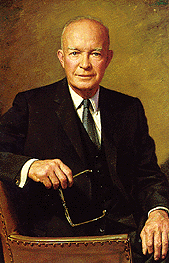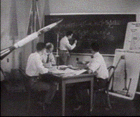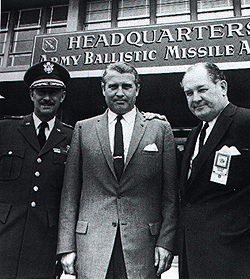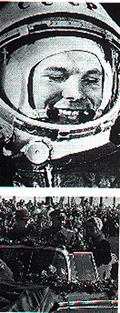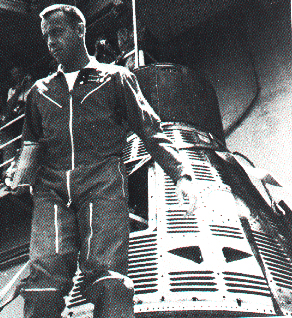|
...........The ancestry of NASA is highly extended and diverse, but after its institution it became a highly efficient, well-funded and concentrated entity. With the ostensible purpose of furthering scientific progress in atmospheric and geophysical studies, NASA’s institution was noble in theory, but in actuality it was equally devoted to the reassertion of America’s technological prowess. Dr. Tom Crouch, an aeronautics historian, aptly states: "Scientific research and the pursuit of practical benefits of spaceflight were part of the NASA program from the outset, but there was never any serious doubt as to the agency’s primary goal. NASA was in business to overtake the Soviet space effort and restore confidence in the technological strength of the United States"(Crouch, 19). As it would turn out, Americans were willing to pay a considerable sum for this confidence. President Eisenhower signed the National Aeronautics and Space act on July 29, 1958 effectively creating NASA (Emme, 130). It is not likely he knew that this administration would become one of the most well funded and politically significant organizations in the history of the nation. NASA had been built on the foundation of the long existing National Advisory Committee for Aeronautics (NACA), a civilian organization that had an outstanding record of cooperation with both industry and military sectors, as well as an impressive previous record of flight research and development (Crouch, 43). But unlike NACA, the newly established NASA would be more than a basic research outfit; NASA was responsible for all aspects of the nations civilian space program (Crouch, 43). It would prove to be a great responsibility. |
